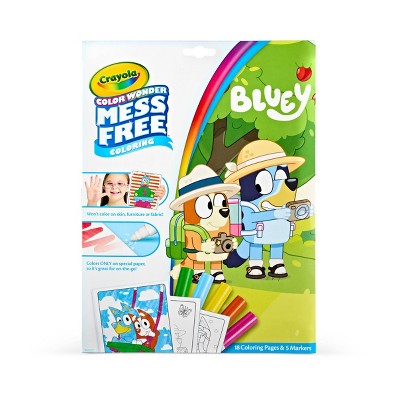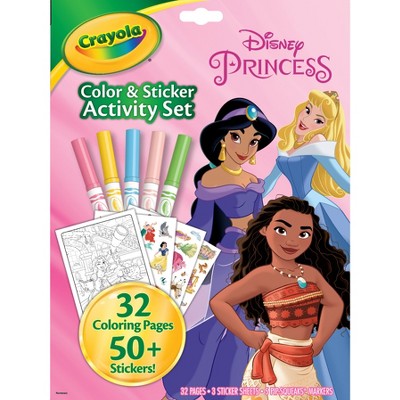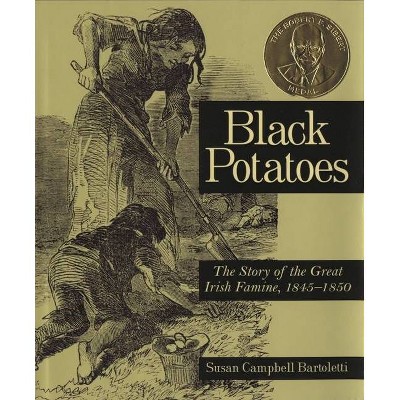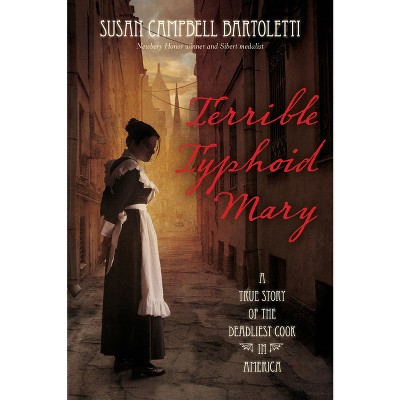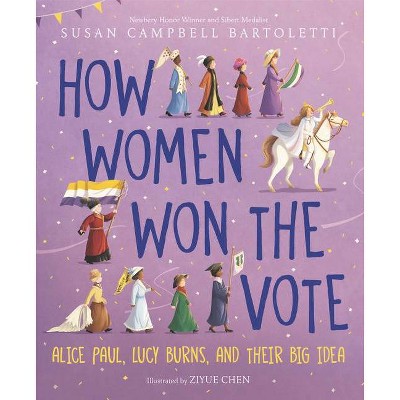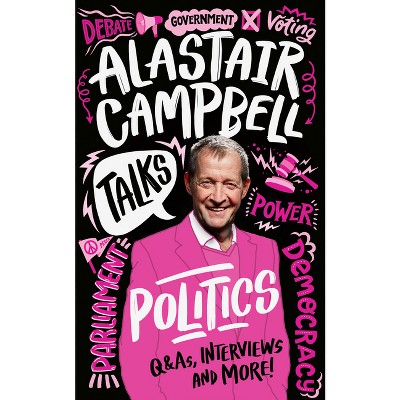About this item
Highlights
- By the early 1900s, nearly two million children were working in the United States.
- 10-12 Years
- 9.92" x 7.48" Paperback
- 208 Pages
- Juvenile Nonfiction, Social Science
Description
About the Book
By the early 1900s, nearly two million children were working in the United States. From the coal mines of Pennsylvania to the cotton mills of New England, children worked long hours every day under stunningly inhumane conditions. After years and years of oppression, children began to organize and make demands for better wages, fairer housing costs, and safer working environments.Some strikes led by young people were successful; some were not. Some strike stories are shocking, some are heartbreaking, and many are inspiring -- but all are a testimony to the strength of mind and spirit of the children who helped build American industry.
Book Synopsis
By the early 1900s, nearly two million children were working in the United States. From the coal mines of Pennsylvania to the cotton mills of New England, children worked long hours every day under stunningly inhumane conditions. After years and years of oppression, children began to organize and make demands for better wages, fairer housing costs, and safer working environments.
Some strikes led by young people were successful; some were not. Some strike stories are shocking, some are heartbreaking, and many are inspiring -- but all are a testimony to the strength of mind and spirit of the children who helped build American industry.
Review Quotes
Throughout much of the nation's history, young people were forced by necessity into the labor market. This book focuses on children and teenagers who endured unbearably long working days, dangerous job responsibilities, and paltry wages, yet were empowered by their quest for civil rights. Each chapter recounts an important labor battle of the nineteenth or early twentieth century and explores the role that children played in it. Some protests, including the mill girls' strike for higher wages in 1836 New England and the New York City rent protest led by sixteen-year-old Pauline Newman, were organized by young people. Others, such as the turn-of-the-century Pennsylvania coal strikes, were initiated by adult workers, although children also participated. The well-designed book, liberally illustrated with black-and-white archival photographs, documents these events through the experiences of specific children profiled in the lean, compelling text. The book is honest in describing not only the strikes that ended in success but also those that failed or resulted in limited victories. The final chapter surveys the development of the National Child Labor Committee and briefly touches on the plight of African-American child laborers (who frequently worked for no pay at all) and the pioneering art of Lewis Hine, whose photographs of child workers brought the issue before the American public. Finally, it includes information on the later life experiences of many of the children discussed in the text. As memorable as their inspiring stories are, they represent just a few of the children who worked and battled for better lives. The anonymous children depicted in the photographs-older than their years, dirty, sometimes maimed by factory machinery-are equally haunting and affecting. Bibliographical references, an index, and a helpful "Timeline of Federal Child Labor Laws" are included.
Horn Book



